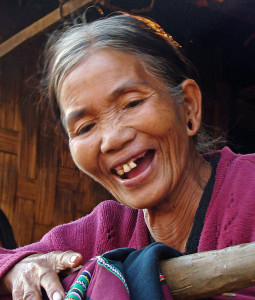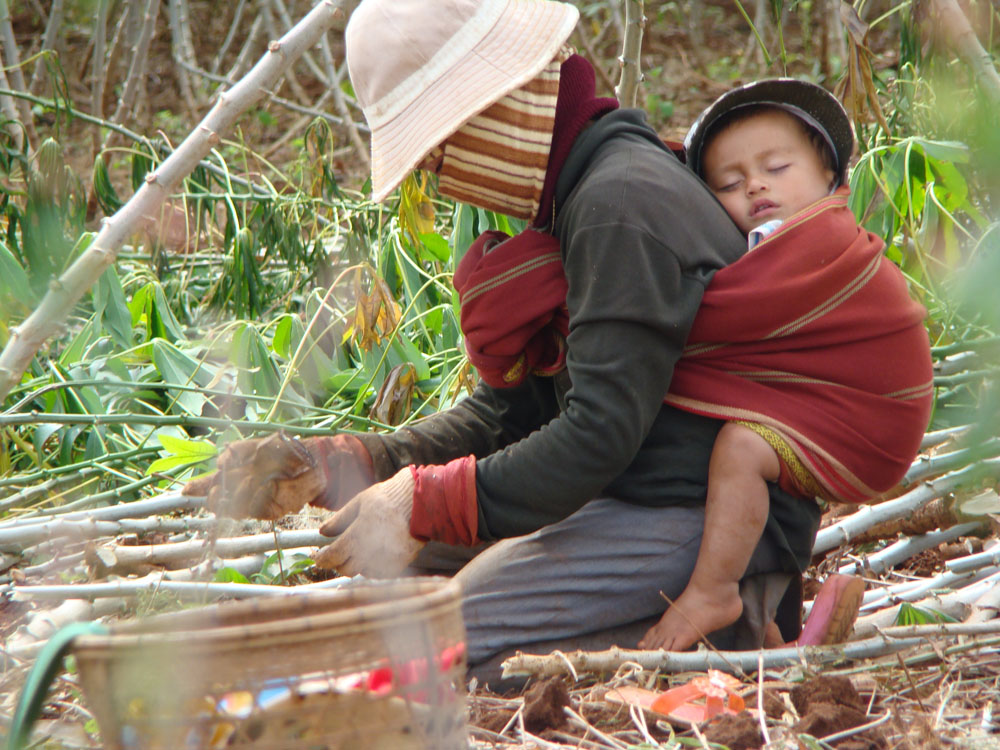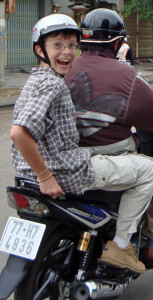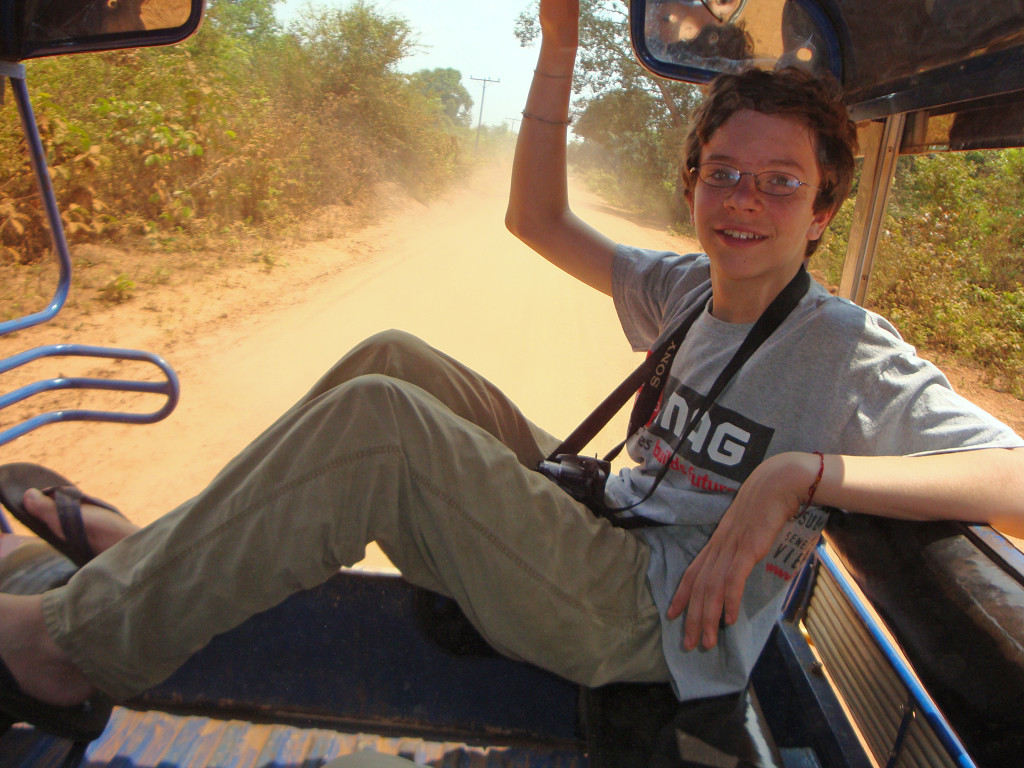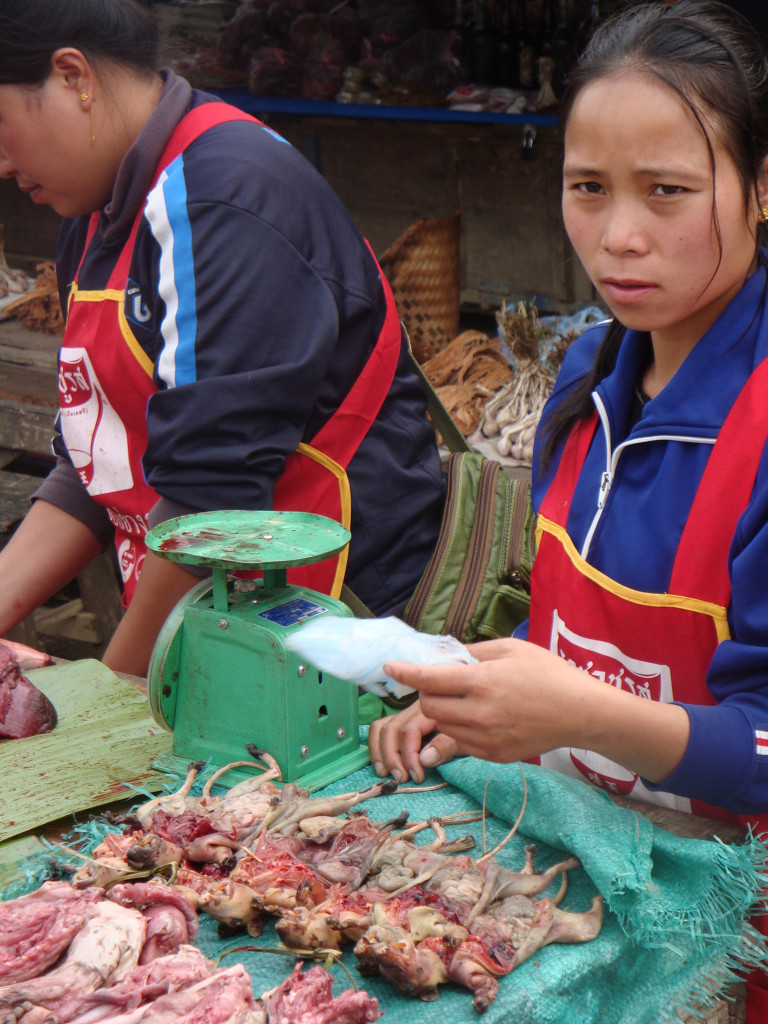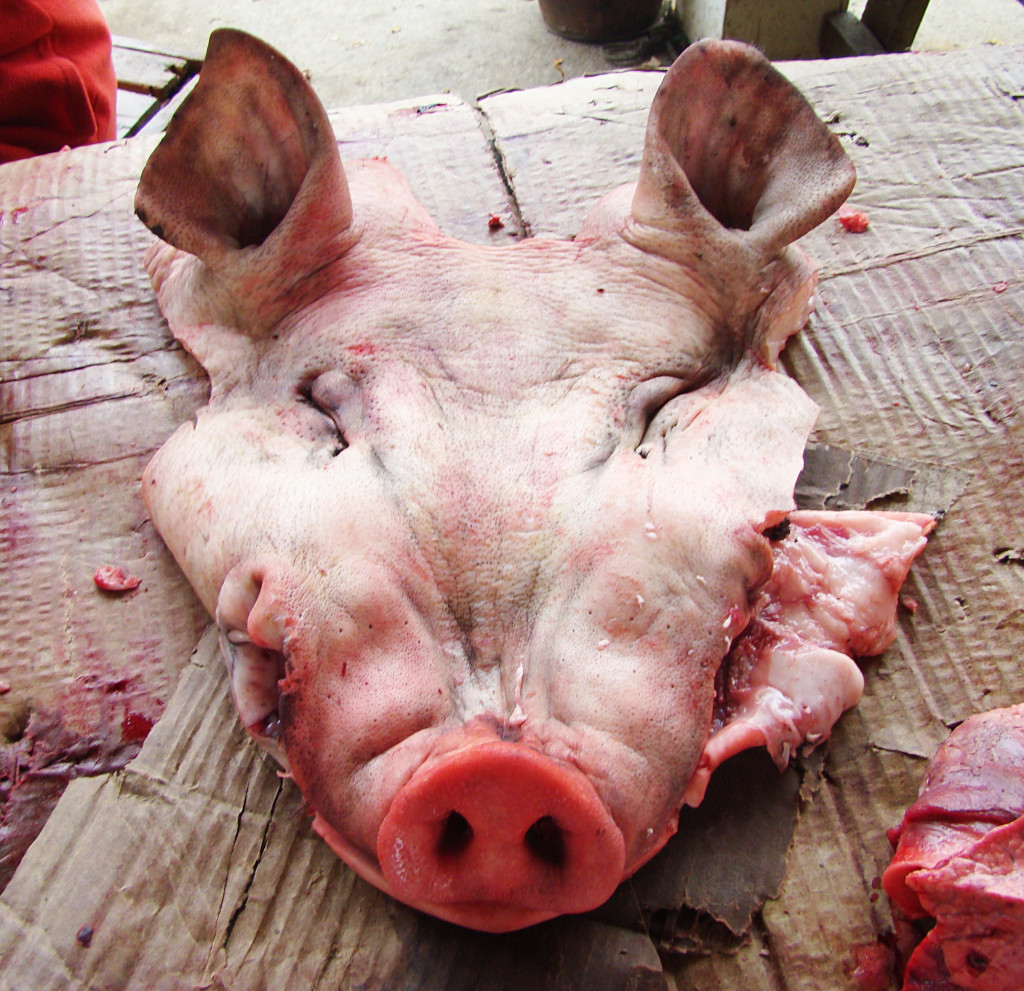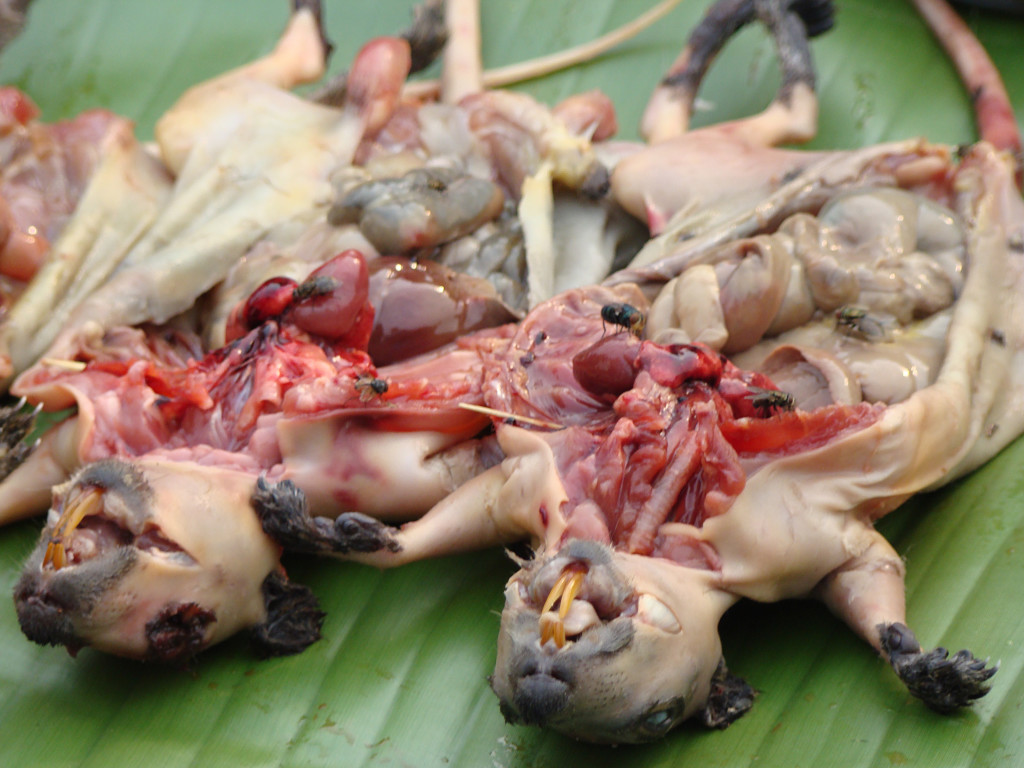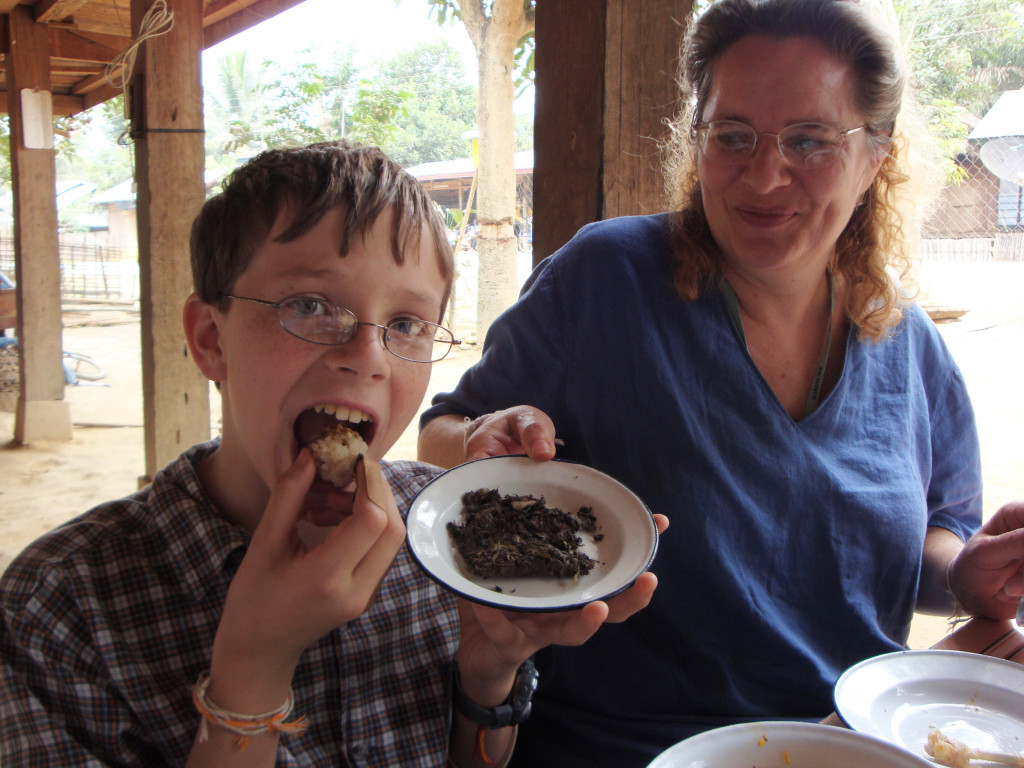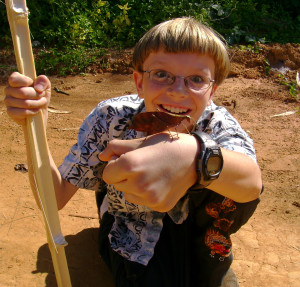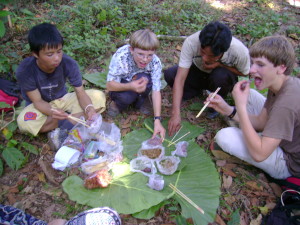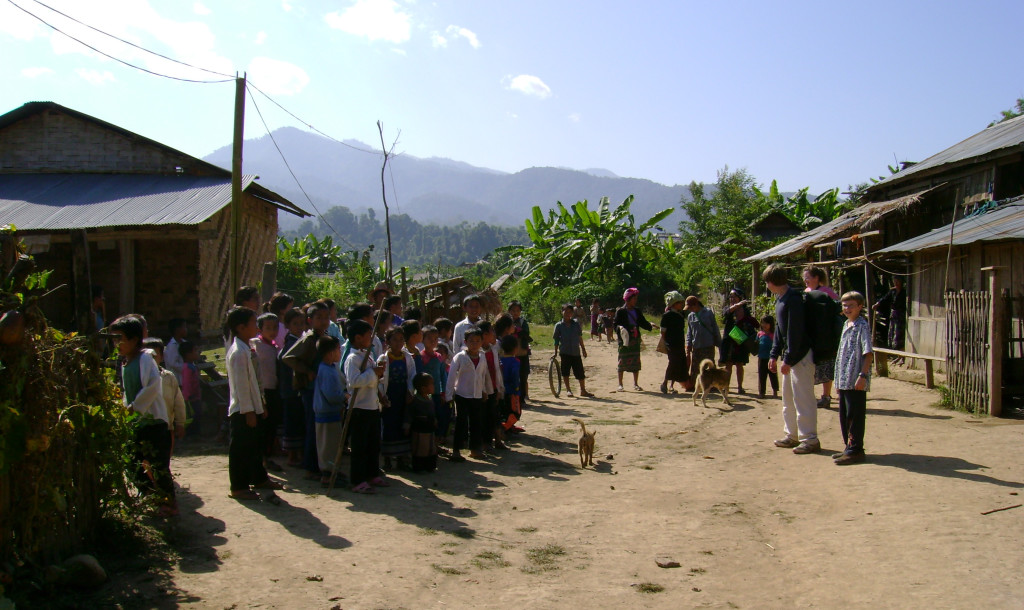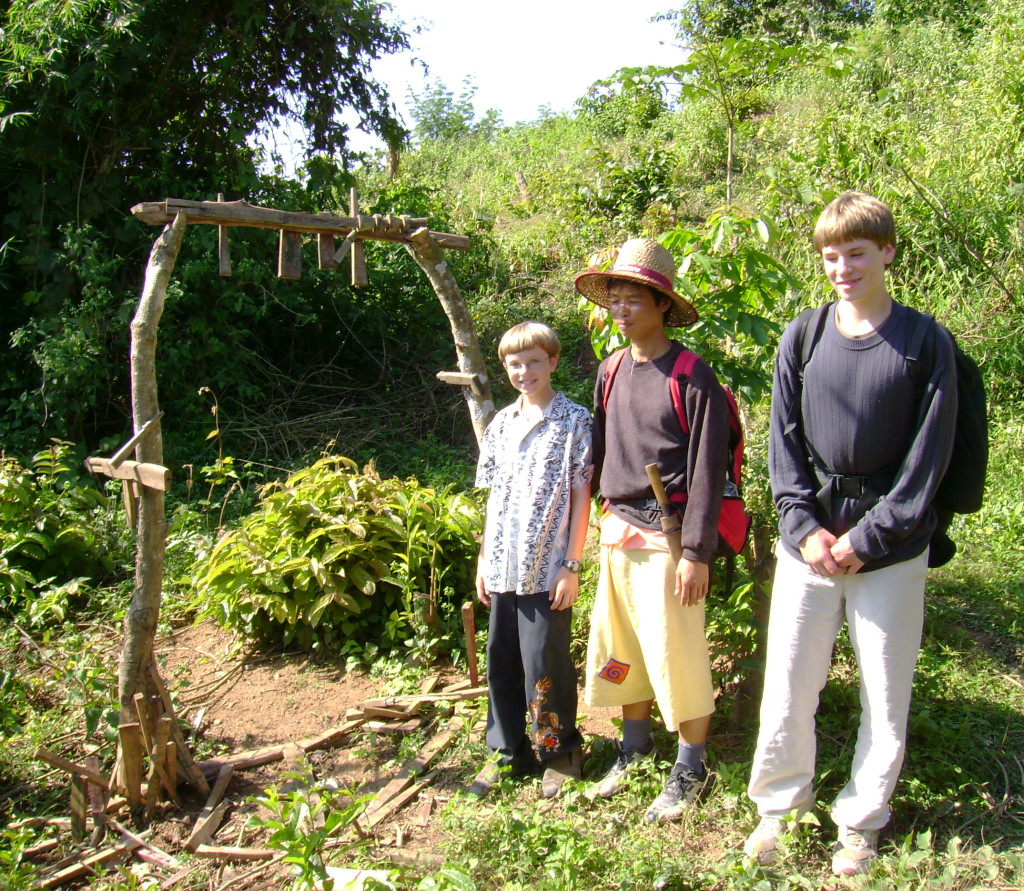My Life as a Photo-Journalist, by Zall, 14
Crouched under a bush, I laid down on the dirt; the dusty camera lens poked through a gap next to a mud-stained fencepost. Pulling back the zoom a little bit, I attempted to focus on a group of women trying to sell things down below. I adjusted a few things; no, it’s way to dark, bring up the light settings. Ease down on the button, and… *click*. Being a photographer overseas isn’t as easy as you may think. As a matter of fact, there can be some major drawbacks and problems along the way. A lot more work and effort goes into each shot than one might believe.
One major problem with shooting photos of the tribal groups is that a lot of them don’t want their picture taken due to religious or community beliefs. A very common belief is that a depiction of them takes away part of their soul. As you can see, this makes the picture process even more complicated, because now you have to hide in a bush, or behind a house. I would often ask my dad to stand still and then act like I was taking his picture, when in truth the lens was focusing over his shoulder on a person behind.
Another dilemma is that nobody smiles in a photo. Photos are believed to be very serious things, so you must look very serious, leaving most of our portraits looking gloomy or mad. In truth, the people look so much better when they smile. It seems their personalities shine when you can see the wrinkles and teeth.
An additional problem is my parents (yes I’m blaming this on them). They like to continue walking on and not stop for a couple of minutes for a good shot. They’re normally almost out of sight on trails, yelling at me to hurry up. Because of this, I can’t get just the right angle or light settings.
Yet another problem with time is that people don’t stay in one spot or do one thing for very long. Most of the time I may only have half a second of the right angle, and if I don’t click the button on that moment, I miss the shot. I don’t like getting pictures of people when they know they’re getting looked at by a camera lens, so the only way to do that is catch when they’re doing their regular everyday things. So it seems I walk around with my camera out, ready and wasting battery power, a lot more often than I’m actually focused on taking a specific shot.
Problems, problems, problems; It seem like that all I can talk about, so I have to add: photographing things overseas is one the best things of my life. I love the constant struggle to get the right point of view, and to get the shot just at the right time. I truly think that taking photos in the remote hilltribes of Laos is the best possible photography assignment I can think of.


